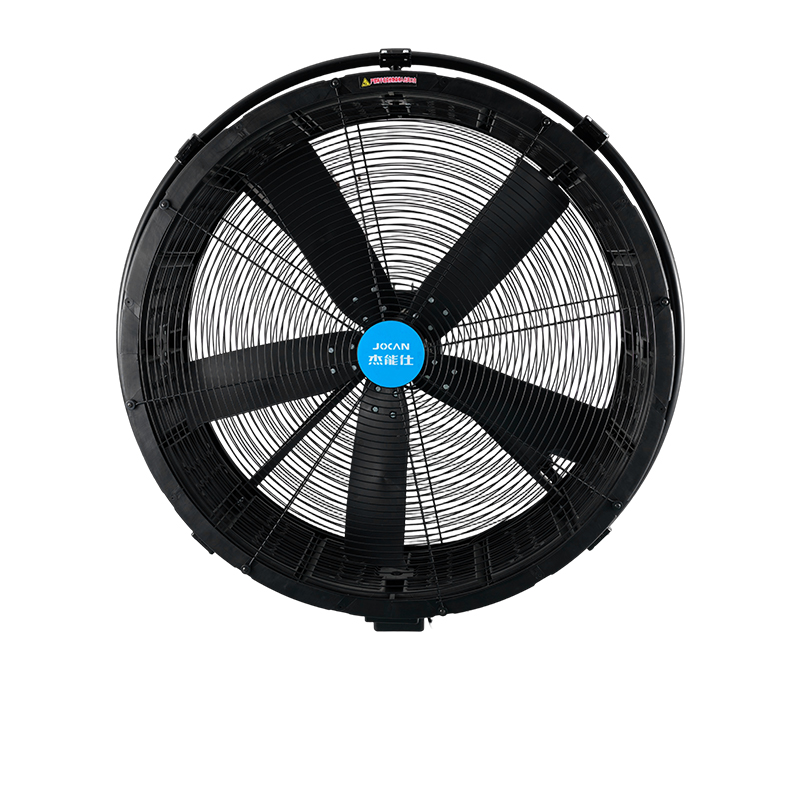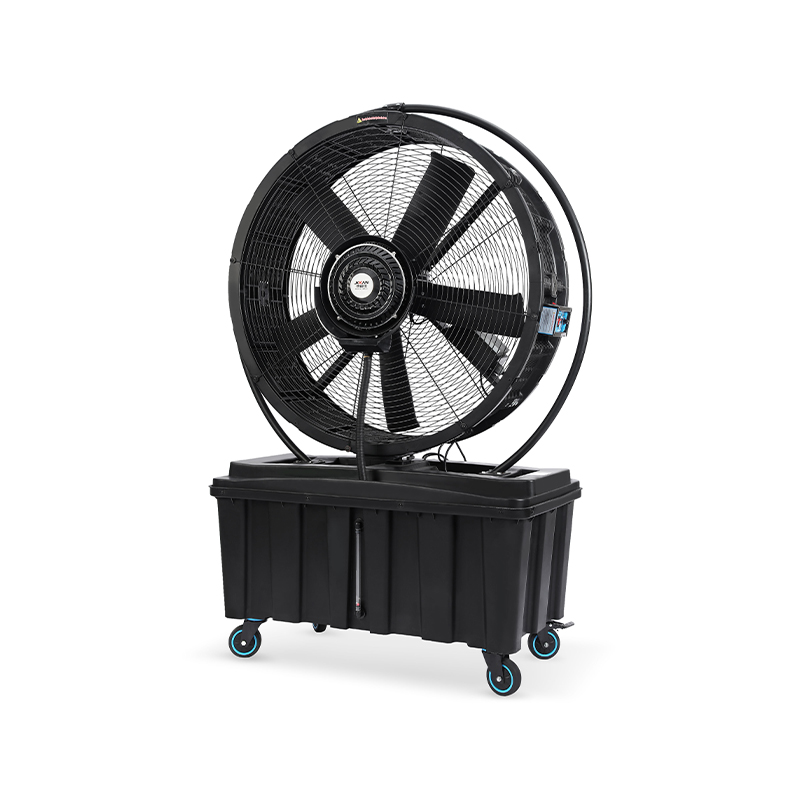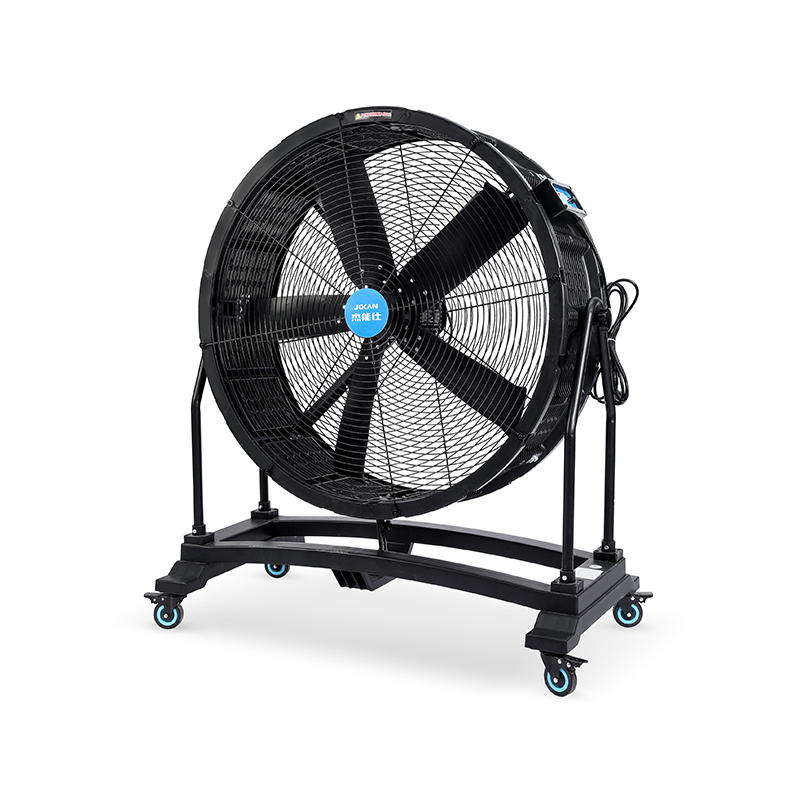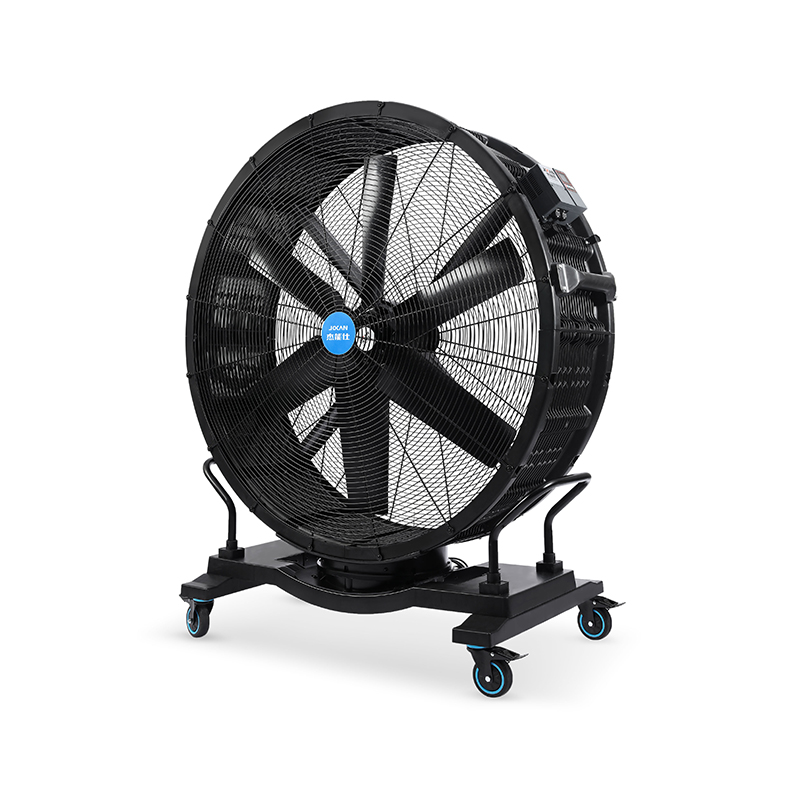Controlling energy usage in large commercial and industrial spaces is a practical concern for many facility managers. An Air Purifier Fan Factory and an Industrial Ceiling Fans Factory offer equipment that not only improves air circulation but also supports energy-saving strategies. Understanding how to select, install, and maintain these fans can directly influence energy efficiency and indoor comfort.

Practical Airflow Management
Large spaces with high ceilings or wide floor plans often experience uneven temperatures and stagnant air zones. Industrial ceiling fans can distribute air more evenly, reducing hot and cold pockets. Positioning fans carefully and adjusting blade angles helps ensure effective circulation. When fans are paired with air purification systems, the movement of filtered air further supports energy efficiency by reducing the workload on HVAC units tasked with maintaining both temperature and air quality. Small adjustments in fan speed or placement can cause noticeable reductions in energy use.
Reducing Heating and Cooling Demand
One effective strategy for energy savings is using fans to assist existing HVAC systems. During winter, reversing fan rotation pushes warm air down from the ceiling, reducing the need for continuous heating. In summer, fans create a cooling breeze, allowing higher thermostat settings without compromising comfort. Factories producing these fans often provide operational guidance to adjust rotation direction, speed, and installation height. Following these recommendations helps fans contribute to energy management rather than operating inefficiently.
Installation and Customization Tips
Proper installation is important for both performance and energy efficiency. Fans should be mounted securely and positioned to support even airflow without creating drafts. Adjustable speed controls allow users to match fan operation with occupancy and environmental conditions. Blade material and size can also affect energy use, as lighter, aerodynamically designed blades move air more easily. Customizing these parameters based on the facility layout helps fans provide effective circulation while avoiding unnecessary energy consumption.
Routine Maintenance for Sustained Savings
Even the efficiently designed fan will lose performance without regular maintenance. Dust accumulation on blades and motors reduces airflow, causing HVAC systems to work harder. Regular cleaning, inspection of motor function, and checking blade alignment help maintain consistent performance. Many industrial ceiling fan factories provide maintenance schedules or service recommendations, helping facility managers keep energy efficiency at a steady level over time.
Applications in Everyday Commercial and Industrial Settings
Industrial ceiling fans and air purifier fans are versatile across different environments. In warehouses, they maintain even temperatures and reduce humidity, protecting stored goods while lowering HVAC demand. Manufacturing plants use them to manage heat from machinery and enhance air quality, improving worker comfort while limiting energy use. In commercial spaces such as gyms, shopping centers, and restaurants, fans provide both airflow and purification, allowing a balance between comfort and energy management. Implementing these systems thoughtfully can reduce energy use without affecting occupant well-being.
By combining careful installation, ongoing maintenance, and appropriate operation, industrial ceiling fans can support measurable energy savings. Guidance from Air Purifier Fan Factory and Industrial Ceiling Fans Factory sources helps facility managers manage airflow, reduce heating and cooling loads, and maintain cleaner, healthier indoor environments.
 Add: Plot 23, Huanglang Industrial Zone, Jinqing Town, Luqiao District, Taizhou City, Zhejiang Province
Add: Plot 23, Huanglang Industrial Zone, Jinqing Town, Luqiao District, Taizhou City, Zhejiang Province
 TEL: +86-13586083215
TEL: +86-13586083215

 English
English English
English عربى
عربى 한국어
한국어













